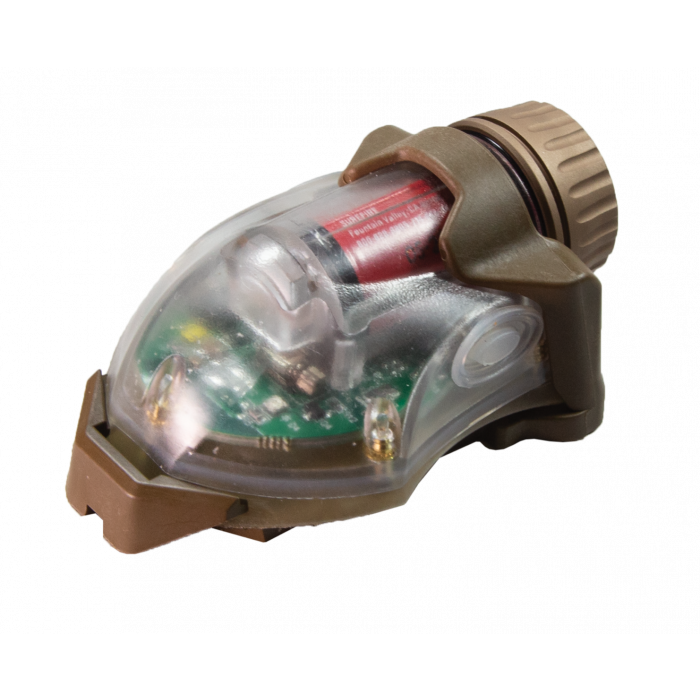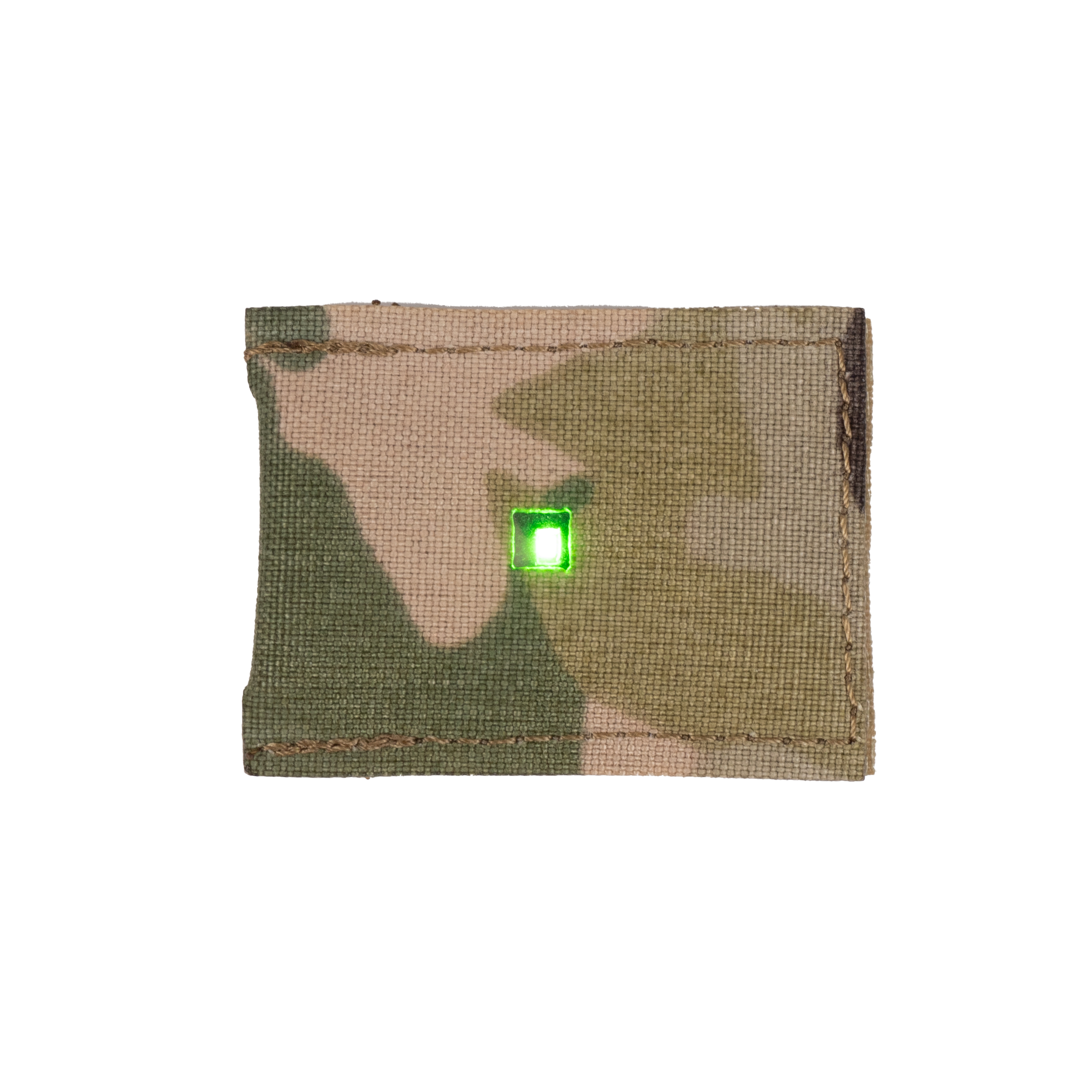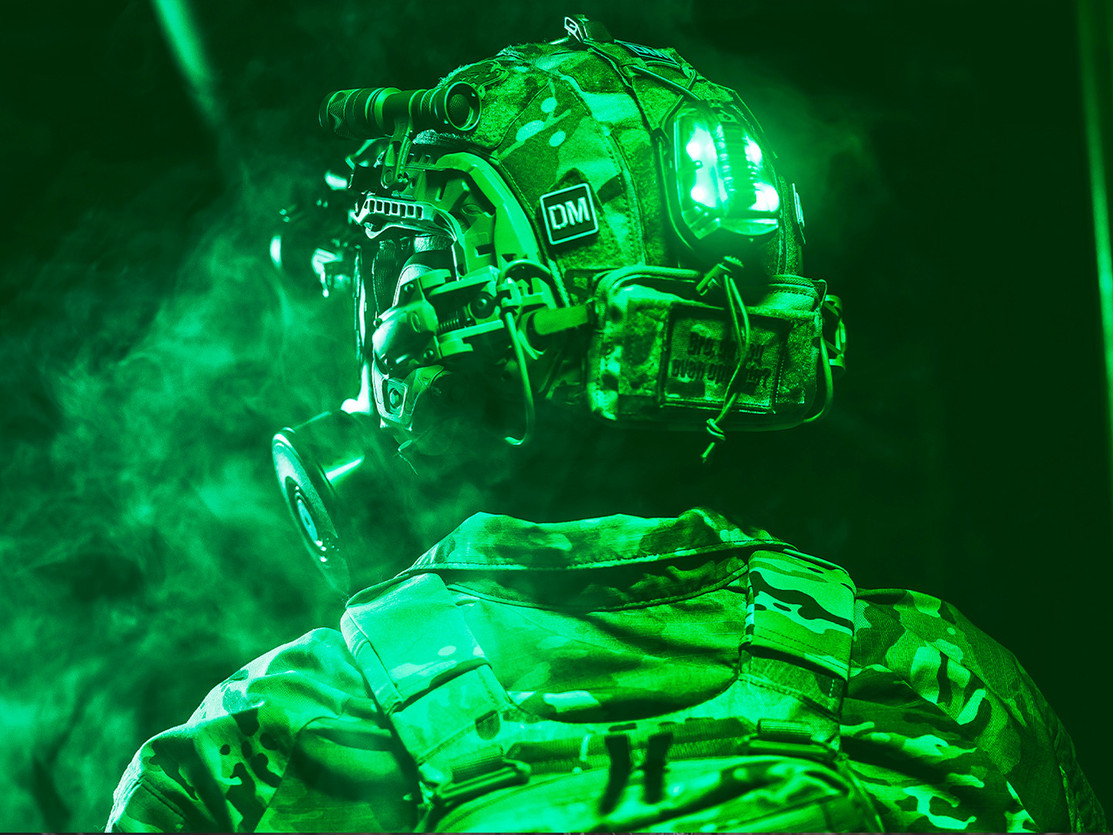Posted by Tim Marshall on Oct 18th 2023
Shedding Light on the Dark: The Comprehensive Guide to PID Lights
Introduction
Positive Identification (PID) lights have evolved to become indispensable tools in night operations and training. These devices offer a reliable method for identifying friend from foe, improving situational awareness, and enhancing communication in low-light conditions. In this post, we'll explore some of the most popular PID lights on the market, weigh their pros and cons, and consider how they can best serve your needs.
Hellstar 6 & 5: The Heavy-Hitters
First up, the Hellstar 6—a legend in PID lights, along with its compact sibling, the Hellstar 5. These units offer remarkable versatility, featuring multiple programmable modes, color options, and strobe patterns. A simple button at the top facilitates an effortless switch between visible and infrared light. While exceptional for operational use, their high visibility over long distances is too bright for teammates and instructors during nighttime CQB training and operations.
Pros:
- High visibility
- Versatile with multiple modes
- Replaceable batteries
Cons:
- Bulky form factor, especially Hellstar 6
- May compromise safety in specific training scenarios due to brightness
Price:
- Hellstar 5: Around $160
- Hellstar 6: Around $200

Mantis Strobe: A Solid Contender
The Mantis Strobe is another reputable choice in the PID light arena. Despite its more compact form, it rivals the Hellstars in brightness and features, and even vibrates when you switch it to IR mode—a nifty feature for confirming the mode change.
Pros:
- Vibrating feature for IR mode
- Compact but solid
- Replaceable batteries
Cons:
- Clunky mode switching
- Too bright for teammates and instructors during nighttime CQB training and operations
Price:
- Around $220
V-Lite & Its Alternatives: Budget-Friendly Choices
V-Lite offers a more budget-friendly alternative at around $50. However, the non-replaceable battery is a drawback. Amazon knock-offs, while tempting at $15, often compromise on Velcro quality. The Unity Spark, priced around $18-$20, faces similar brightness issues in training scenarios.
Pros:
- Affordable
- Easy to use with minimal modes
- Flexible placement options
Cons:
- Non-replaceable batteries
- Potential for accidental activation

Defense Mechanisms Solution: Custom PID Holder & A-PALS

Addressing the common brightness issue in many PID lights, we've introduced a custom PID holder designed for Bright Strikes A-PALS. This setup, especially when paired with our dimming sleeve, offers an effective solution.
Pros:
- Affordable and effective
- Two different sleeves for adjusting brightness
- Versatile placement options
Cons:
- Easy to bump on/off
- Requires some "button hunting"
Price:
- PID Holder: Around $10
- A-PALS four-pack: $25

The Chem Light Patch: A Classroom Standard by TNVC

In partnership with TNVC, we provide a chem light patch to all students enrolled in Night Fighter classes. This simple yet ingenious solution uses mini chem lights to offer both visual identification and additional layers of safety.
Final Thoughts
Navigating the world of PID lights is a complex task, filled with a variety of choices each offering unique features, capabilities, and price points. Your specific needs—be it for high-intensity operational use or nuanced training scenarios—should guide your selection process. Advancements in PID technology continue to fill gaps and address limitations, leading to more specialized and user-friendly options. As users, remaining adaptable and open to evolving technologies ensures that we can operate or train more safely, efficiently, and effectively in low-light conditions. A well-chosen PID light can be more than just a convenient gadget—it can be a lifesaver.





